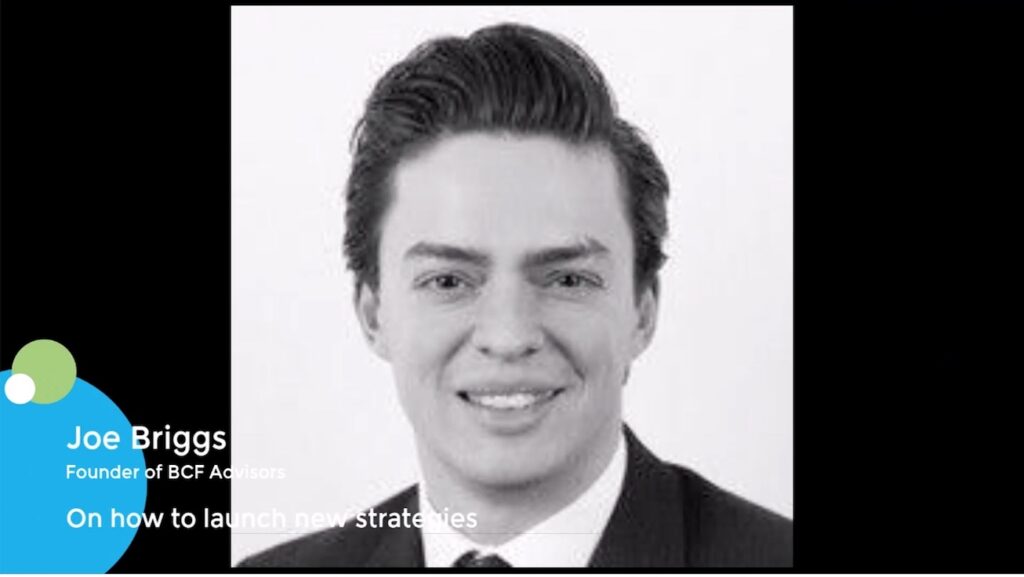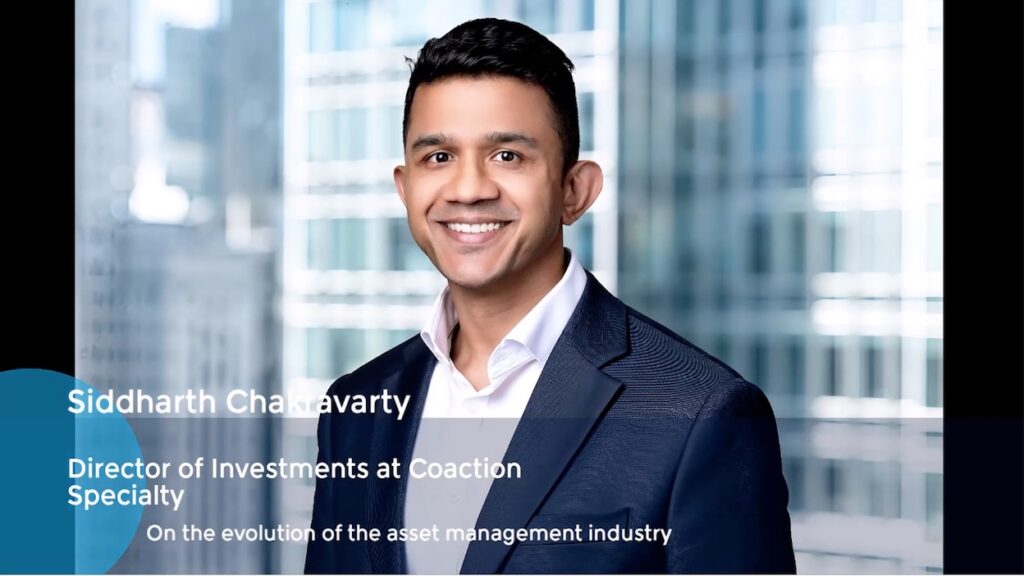Apollo: Investment-grade credit new frontier for private markets amid bank retrenchment
Summary
- Investment-grade credit offers lower liquidity risk, growing demand
- Marc Rowan’s succession plan to drive Apollo’s growth
- Apollo partners with banks for origination, including USD 25bn Citi deal
Nearly a quarter of a century ago, Apollo started off as a run-of-the-mill private equity shop. Today, its private equity function accounts for around 10% of its total AUM as the asset manager hones its focus on investment-grade credit, an area where banks have lost market share due to increased regulatory burden.
Speaking at a keynote address of the AVCJ Private Equity Forum 2024 in Hong Kong, Apollo’s CEO of Asia-Pacific, Matthew Michelini, said that even back in 2008 the manager managed around USD 30bn of private equity assets with USD 10bn invested in other alternatives.
“We and all of our peers essentially looked the same but from that point on chose different routes: Blackstone chose real estate; KKR chose to double down on equity; Ares chose subordinated credit; Brookfield chose infrastructure; we chose investment-grade credit,” he said.
Michelini spoke while Apollo’s CEO and co-founder, Marc Rowan, was returning to the US for discussions with President-Elect Donald Trump to potentially take the position of Treasury Secretary. He said that the five-to-10-year plan devised by Rowan will help secure Apollo’s succession and it is now down to the firm’s 200 partners to execute it.
Under Rowan’s plan, Apollo aims to double its AUM from USD 700bn to USD 1.5trn by 2029 via retirement savings and individual investors and solidify its position as an investment-grade credit investor.
Apollo opted for this path because of its lower liquidity risk and the market is opening up as the global industry de-banks, while other solutions are more sensitive to the Fed window, and direct lending relies on years-long holding periods.
Investment-grade credit is typically liquid but these instruments can’t always meet borrowers’ increasingly complex demands, Michelini argued. He highlighted projects including a USD 4bn commitment to help car rental company Hertz refresh its fleet of 230,000 cars and USD 11bn for Intel to support a semiconductor project.
“The pitch that we make on Intel is most investors in here, in their public books, own Intel bonds. And so when Intel comes along and we say, you can own Intel credit risk plus some level of security at the project that we’ve diligenced for 200bps or more. It’s just a little less liquid – a monthly liquidity versus daily.”
Apollo here takes top-of-the-cap structured, senior-secured positions in areas like consumer lending, corporate lending or trade finance lending. Thanks to the safe yield nature of the business, the firm is also buying 30-40% of everything it originates for its clients to bolster its own balance sheet, he said.
Michelini is negative on the outlook for private equity, especially within Apollo. “Marc has been very clear publicly that the private equity business is not the growth business. Equity is, but not private equity,” adding that it manages about USD 80bn in private equity for a “rate of return only” and even the majority of this is in the pref-equity space.
The asset manager therefore no longer relies on closed-end funds in the same way as most of its peers. Apollo’s acquisition of retirement saving business Athene, whose USD 304bn (including a co-investment programme) accounts for over 40% of AUM and has significantly cheapened Apollo’s cost of capital.
Athene’s balance sheet capital also ties back into investment-grade credit as retirees require a much steadier and more reliable yield than a typical LP. Although its private equity funds since inception do have a 39% gross and 24% net IRR, according to Apollo’s website.
Apollo’s main headwind is thus not capital, but origination. Help is coming largely via 12 bank partnerships, two of which are exclusive, to help service that bank’s clients.
Take Apollo’s recently announced USD 25bn partnership with Citi, for example. “For the next five years, anything that large that Citi does we get a first look at and it’s exclusive. And this allows Citi to go out to all their biggest and best clients and say, guess what? We’ve now got lending capacity for you,” he said.
He sees this growth as global, but Asia, in particular, due to the underbanking in the region.












